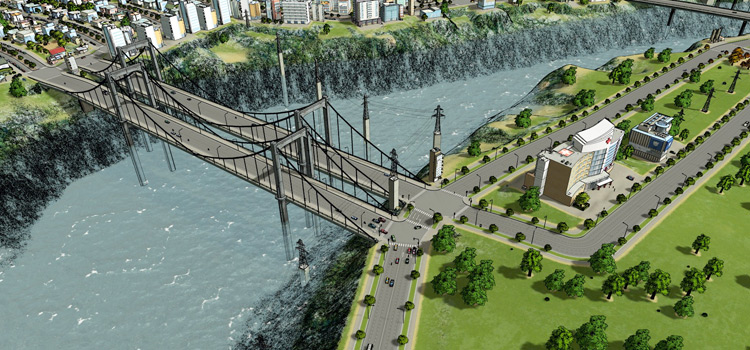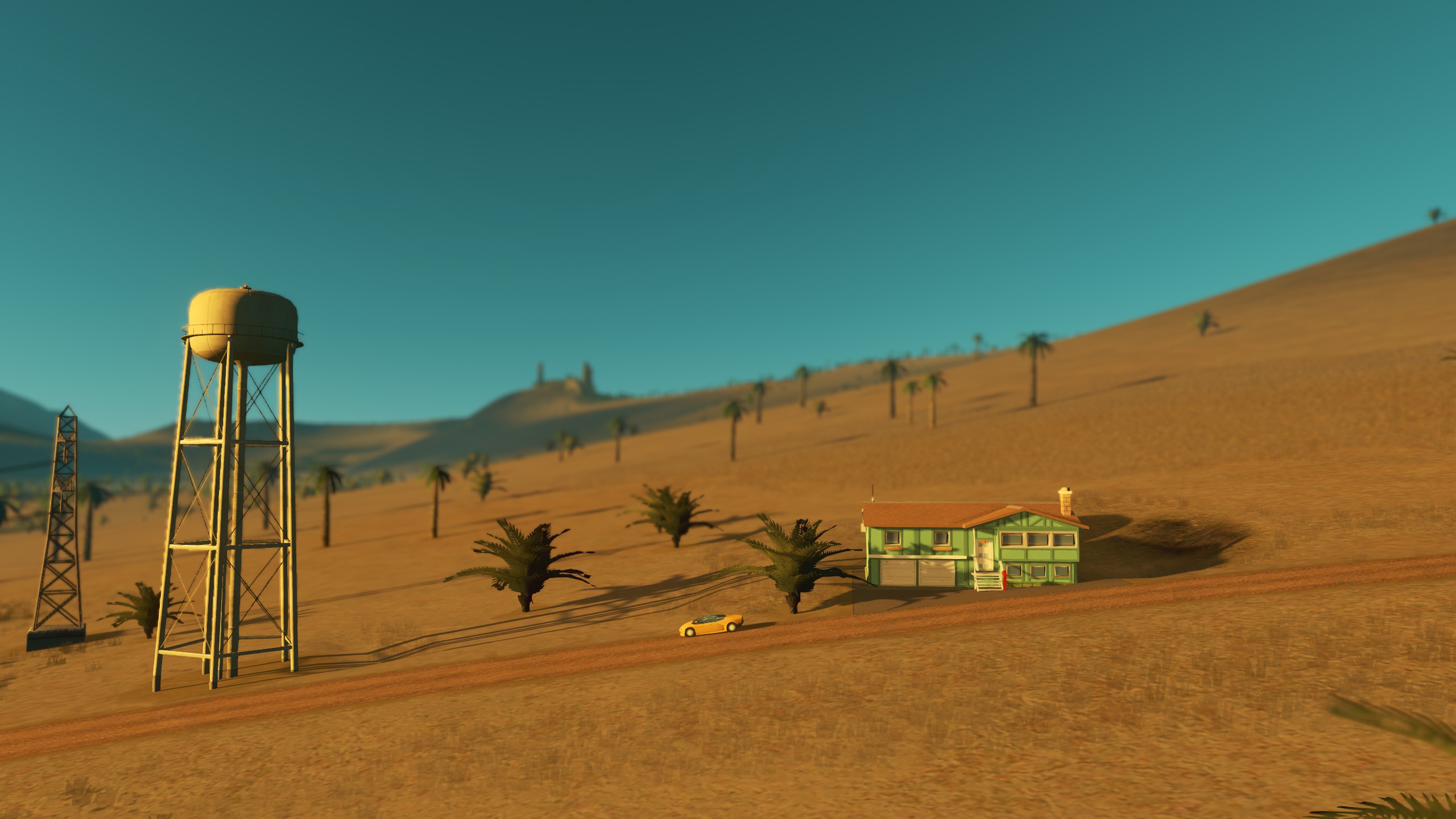

They also increase in price in that order. Liberal Arts unlocked at 17,000 and University at 36,000.

On my map it was 7,500, although unlock levels do scale according to buildable area. The new city build order: universities early on As with tourists, if it’s easy to reach their destination by train, outside visitors will leave the car at home, freeing up precious space on your roads. This approach does undermine the dream ‘mega campus’ a bit – but it’ll probably also be more effective.Īnother thing to consider is that students will, for the first time, travel from other cities to attend your university. As I’ll explain a bit later, one option is to spread your Campus buildings around, perhaps putting clusters of them around key transport connections, resulting in several ‘sub-campuses’.

It’s probably better, then, to make sure that key buildings like Faculties, are each served by good transport connections. So the implication is that having a pristine, out of town campus up on the hill, with only one public transport stop and some Campus buildings miles away, accessible only by footpath, will probably reduce student numbers. In general then, we can do whatever we want (which is awesome), but it is worth keeping in mind that each building houses a given number of students, and although I haven’t been able to test this, my sense is that students will gravitate towards buildings that are easy for them to reach – just as with elementary schools and ordinary universities. That opens up opportunities to design stunning, leafy campuses with flowing footpaths and no traffic. Effective Campus designĬampus buildings are, like in Parklife, able to snap to footpaths as well as roads (with the exception of the Administration building, which acts as a front door for things like garbage collection and police visits). Campus zones are also on the same ‘level’ as Park and Industry zones, and can’t overlap (but they can overlap with District zones). It’s not possible to mix and match building types across Campus types. Unlike in Parklife and Industries, if you don’t maintain the objectives, you’ll actually lose levels. Each university starts at Unrecognised, eventually hitting Prestigious. Levelling up grants increased fees per student and more students will come to study from other cities. If you’re adding a Campus to an existing city, you’ll want to gradually move students over and close the current University buildings so that you benefit from tuition fee income.Īs with parks and specialised industrial areas, there’s objectives to meet to level up. The new universities effectively replace the previous single building. Each have a range of buildings and three Faculties to choose from. There are three Campus types: the Trade School, Liberal Arts College and University. At the most basic level, just add a set of dormitories (or any building in the ‘Education Buildings’ tab and you’re away! First, zone a new Campus area (by opening the Districts and Areas tab and choosing Paint Campus Area) and place the administrative building of your chosen Campus type. Getting started with the new Campus areas will be familiar to anyone who has the Parklife or Industries expansions. Here’s what I hope will be some useful advice to making the most of the expansion. The expansion has only been out a week, but I’ve had a chance to play with each type of university in both new cities and existing ones, introduced Varsity sports and reached ‘Prestigious’ rank. Now, not only do we satisfy the need for highly educated citizens, we also generate income and have a new focal point build city regions around. It adds a lot of well-designed new assets and lets us build beautiful, functional campuses to replace the ones we’ve cobbled together in the past from a variety of appropriate-looking Unique buildings. It brings together ideas introduced in Parklife, Industries and Match Day DLCs and applies them to the university system in the game. Campus is Cities: Skylines’ eighth expansion, and gives us a complete overhaul of the higher education system.


 0 kommentar(er)
0 kommentar(er)
